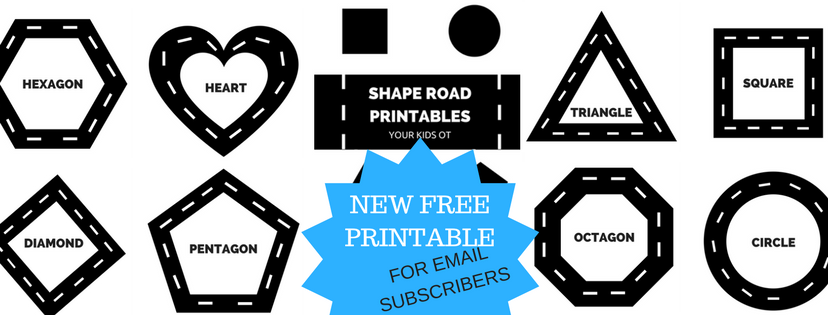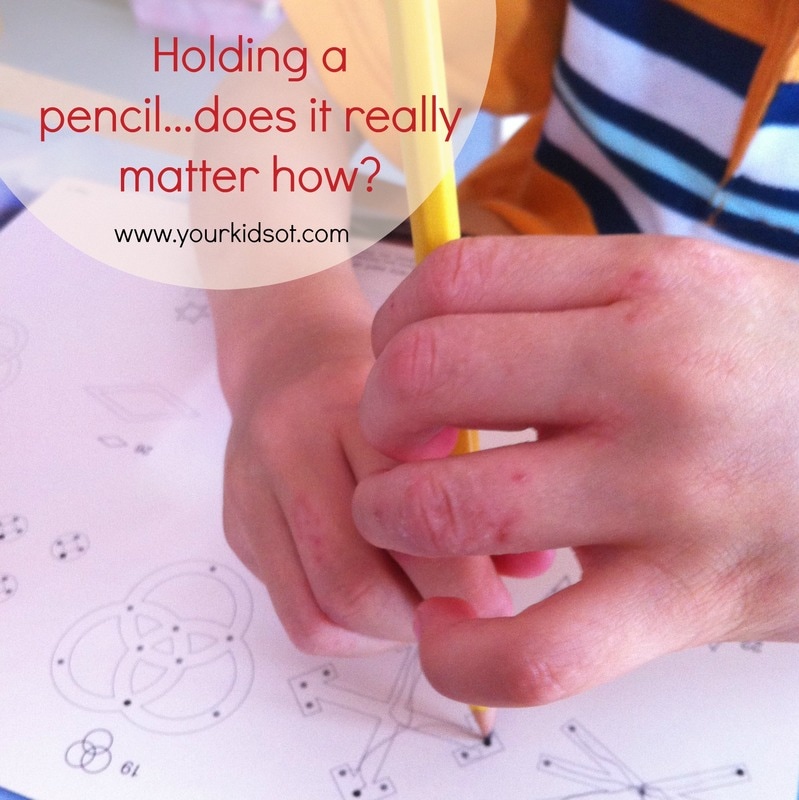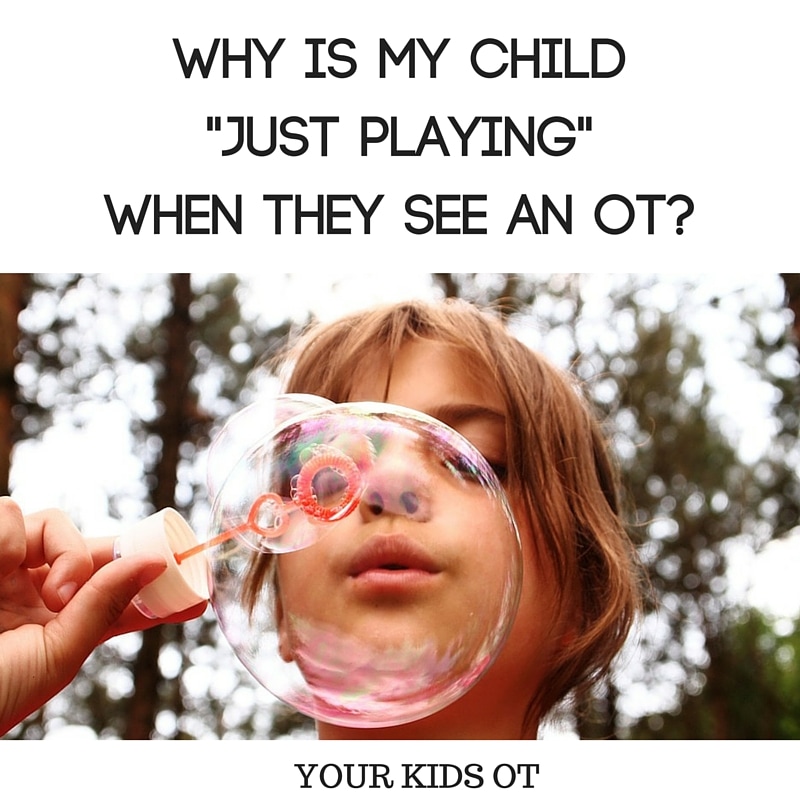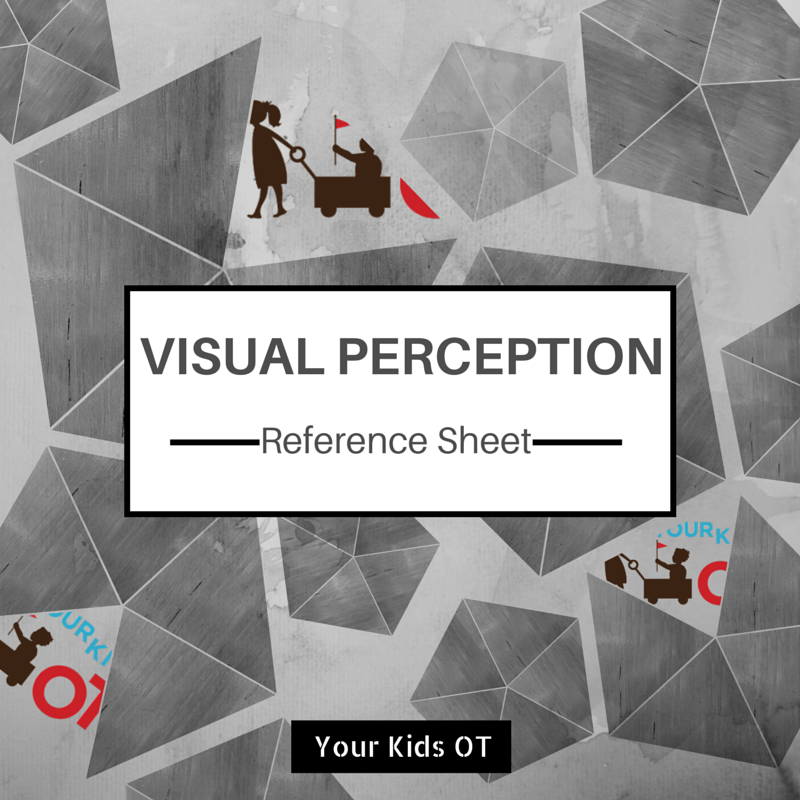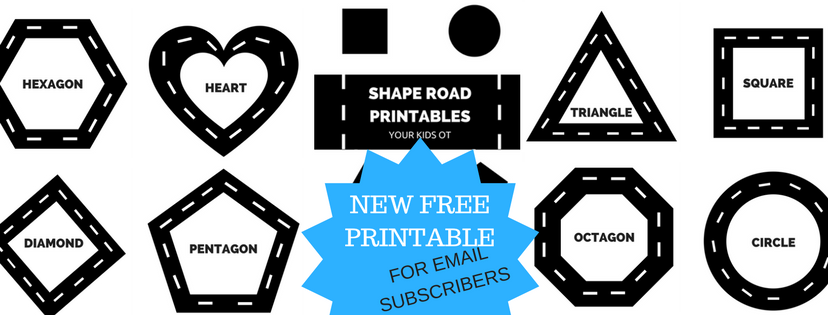There was hammering and pushing of golf tees into the stryofoam block. There was bilateral coordination where one hand held the stryofoam block steady whilst the other hand hammered. Fingers were busy grasping the pom poms, balancing pom poms of different sizes as well as in-hand manipulation of golf tees and pom poms within one hand. There was some finger isolation as they touched the tops of the golf tees. There was colour sorting and matching. There was some pretend play where the golf tees became candles for Mr 3 to blow the poms off the top after singing Happy Birthday. What a fun activity for home, preschool or in a therapy session! The stryofoam blocks survived the first battering...we will definitely be doing this again!
Maybe you can find some keen golfers in your family too?
Infants begin to develop this dissociation of their hand during crawling and tummy time activities. This is further developed as a toddler and preschooler with the manipulation of small objects and toys in daily activities.
How does hand dissociation affect activity performance?
In handwriting, you may notice your child moves their whole hand {and often their arm} across the page as they write. This may result in slow work and a lack of fluency of movement. It may also result in poor legibility as your child may not be able to control the pencil in a precise manner. In cutting, you may notice your child has difficulty manipulating the paper to turn as they cut out a shape. In buttoning a shirt, you may notice your child is unable hold the button hole with one hand and the button in the other hand. This involves precise control and stability with both hands working together. In tying shoelaces, you may notice your child has difficulty stabilising the laces to tie the bow. Learning to tie shoelaces may be very frustrating for a child who has difficulty with hand dissociation. Your child may appear "clumsy" or "all fingers and thumbs" when trying activities such as these.
What can you do?
To assist a child with separating the two sides of their hand you can encourage them to hold something with side 2 whilst using side 1. For example, your child may try holding a piece of Lego, a ball of playdough, cotton wool, an eraser, a button or a coin with their 4th and 5th fingers. They can attempt any of the activity suggestions below whilst holding onto this item.
Activity suggestions -
Have you noticed that your child moves their hand as one unit? Do they have difficulty with handwriting, cutting, buttoning or tying shoes? Does it affect your child with another activity?
Try incorporating some of these activities into your child's play this week.
Do you find yourself in "repeat mode" every morning? "Have you brushed your teeth?" "Put your shoes on." "Pack your bag." "Have you washed your face?" School days are often worse than the weekends. Where does the time go? Even if your child is an early riser, in those moments before you need to be out of the door there is chaos. Does this sound like your house? On the other hand, some children struggle with getting ready for bed. There is another drink of water to be had, teeth to be cleaned, a book, turning the night light on, going to the toilet... the list might get longer each night. For some children, a visual time table or visual checklist can help with getting "ready" or organised in the morning or at night. Some children find visual cues helpful for completing tasks such as getting dressed and for others understanding the routine of the day can be better understood through photographs or pictures. Visual cues help children to plan and organise. They provide predictability and routine, which can be difficult to teach a child with a disability.
Here are a few tips for introducing a visual checklist or timetable...
Have a closer look at these checklists at the Your Kids OT shop and see if they will help your child with planning and organisation.
A simple posting box made from a yoghurt container is a brilliant fine motor activity. Read on to see the other benefits of doing this activity. To make: Cover a plastic container with scrapbooking paper (or decorate by painting or with stickers). Cut three slits in the lids using a Stanley knife- horizontal, vertical and diagonal slits. To use:
This activity is suitable for older toddlers, preschoolers and even school age-children. Supervision is required for younger children as the buttons may be a choking hazard. Does your child struggle to do up the buttons of their shirt? Have they ever practised with the correct visual spatial orientation to themselves? Will you be making a posting box?
So now that you are convinced that your child can help in the kitchen, how can you make it happen? 1. Consider your child's safety and use commonsense with knives, electrical appliances, stoves and ovens. Adult supervision should always be available. 2. Consider suitable work surfaces and accessibility for your child (e.g. Standing on a stool at a kitchen benchtop or sitting at a dining table.) 3. Expect mess! 4. Consider the number of children who are cooking and their various ages. What can each child be involved with doing? 5. Choose easy recipes with quick results (eg. a dip or milkshake). 6. Expect mess! 7. Expect short attention spans and taste testing {probably before the recipe is complete}. So, what can they do? The following age guides are guides only. As a child gains experience in the kitchen, they may be capable of more than the suggestions listed below. Age guide for Kids in the Kitchen...
Valentine's Day Choc-dipped strawberries.
This picture collage is just a small sample of the games on offer at Poisson Rouge. The alphabet is available in 6 languages with a mini-game represented with each letter of the alphabet. As you can see there is a sorting game requiring a "click and drag" of the fruit placing them into the correct bowls. There is a cake making game which requires some visual perceptual skills to match the item to the shadow. Once the shadow is matched then it is added to the cake and finally the cake is baked. The fish game asks the player to match colours whilst naming the colour. The x-ray game is a fun activity moving the x-ray around the body. The zebra game is a puzzle to be completed. The creators describe their site like this "Poisson Rouge makes toys, that one can grab and manipulate and study and make one's own, within a privileged environment" and "Poisson Rouge doesn't try to teach, but offers a play-and-learn environment suitable for free exploration. There is no right or wrong way to play." Whilst reviewing this blog, I have discovered that the creators of Poisson Rouge will be beginning a paid subscription to access this website. It is unfortunate but understandable in this economic climate. This begins on February 15th 2014, so I suggest accessing the website now and giving it a test run whilst it is still free. http://www.poissonrouge.com/ Poisson Rouge have also created some apps for Android and the iPad. They are based on mini-games you can find on the website and are just as easy to navigate. Here is a quick summary of the English language apps. I have included "Youtube" clips where available for you to see the apps in action. Visit Poisson Rouge and explore the website for yourself! Let me know what you and your children think of the website and apps. I have 2 promo codes available for each of the apps featured here for the first 14 people to comment below {1 promo code per person}. These codes are redeemable for the next month only. I look forward to hearing from you! This is not a sponsored post. However, if you purchase the apps through the links here, I will receive a small commission. All comments made are my own.
Playdough is loved by kids everywhere. It is so versatile. It appeals to a wide age range of kids. It is portable. It is fun!!
Playdough is great for sensory exploration, fine motor manipulation, finger isolation and imaginary play. Playdough can also be useful to help a child learn concepts such as shapes, numbers and letters. Here are some of our favourite ways to use playdough. You could "invite" your child to play with one of the playdough props below each time they play.
I love the playdough mats designed by "Planet of the Apels". I have printed and laminated them. I have used them with my kids in therapy. I've also used them with my own kids and given away complete sets with some playdough as a gift. You can find these free printables here.
Here are a few helpful playdough tips:
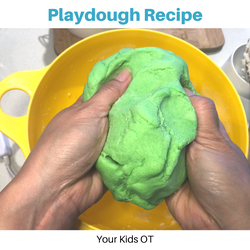
Who loves playdough?
I make playdough using a very simple recipe. It is the boiling water method. Have you tried it? Making playdough yourself allows you to make several colours at one time. You can experiment with glitter or fragrances too. It lasts for a long time...months {even when not refrigerated}. As the colours get mixed together {as the inevitably do with children} you may want to make a fresh batch. In these photos I have used a natural food colouring to make the playdough so the colours are a little dull. Store bought food colouring will give you a vibrant colour.
Making playdough is a great way to get the kids in the kitchen. Children of all ages will love measuring, pouring, mixing and kneading. Preparation is the key if you don't like mess in the kitchen or get stressed with your kids in the kitchen.
Older children may be able to assist with obtaining the equipment needed using the list or photograph provided. Adult supervision is required when pouring the boiling water. You may also like to add extra oil or water in the final stages depending on the humidity on the day of making it.
This recipe is available as a free instant pdf from the Your Kids OT Shop. You will find a child friendly layout which will also be used for future recipes you will find at Your Kids OT. The playdough recipe includes step by step instructions on a single A4 page version as well as a larger three A4 page version with larger photographs.
Have you made playdough before? Make some this weekend!
|
AuthorHi, I'm Cindy and I am an Occupational Therapist. I enjoy working creatively with children to see them reach their potential. Read more about me here. SEARCH THIS SITE
Archives
June 2024
Categories
All
Popular Posts |
Join the YKOT e-newsletter!
Subscribe to get our latest content by email and receive
the SHAPE ROADS PRINTABLE NOW!

Success! Now check your email to confirm your subscription and receive your free printable!
Join our Mailing List!
Subscribe to get our latest content by email and receive
the SHAPE ROADS PRINTABLE NOW as a thankyou!

Success! Now check your email to confirm your subscription and receive your free printable!
Disclaimer: The information on this site is general in nature and should be used for educational and entertainment purposes. The activities are safe for most children, however, you should consult an Occupational Therapist or health professional to address specific movement, sensory or other medical conditions. This blog does not replace formal therapeutic professional advice given by a health professional or medical practitioner. Reviews and endorsements of products will only be made based on my expertise and personal opinion; and deemed worthy of such endorsement. The opinions shared in sponsored content will always be my own and not that of the advertising company or brand. Content, advertising space or posts will be clearly identified if paid, affiliated or sponsored. Affiliate links may be found throughout this website in advertising. This means that if you follow through with a purchase from these links, Your Kids OT will receive a percentage of the sale. Your Kids OT undertakes to meet the requirements of the "Social Media Policy" as published by Australian Health Practitioner Regulation Agency (AHPRA). Further information about this policy can be found here.
Find meFollow me |
About me
AuthorHi, I'm Cindy and I am an Occupational Therapist. I enjoy working creatively with children to see them reach their potential. Read more about me here. |
Copyright © 2017 Your Kid OT

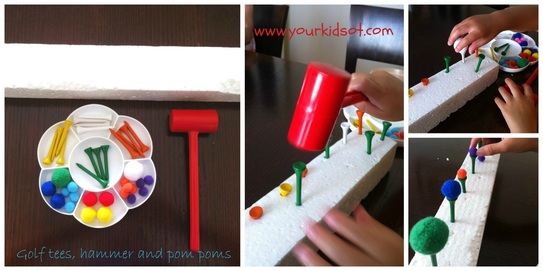

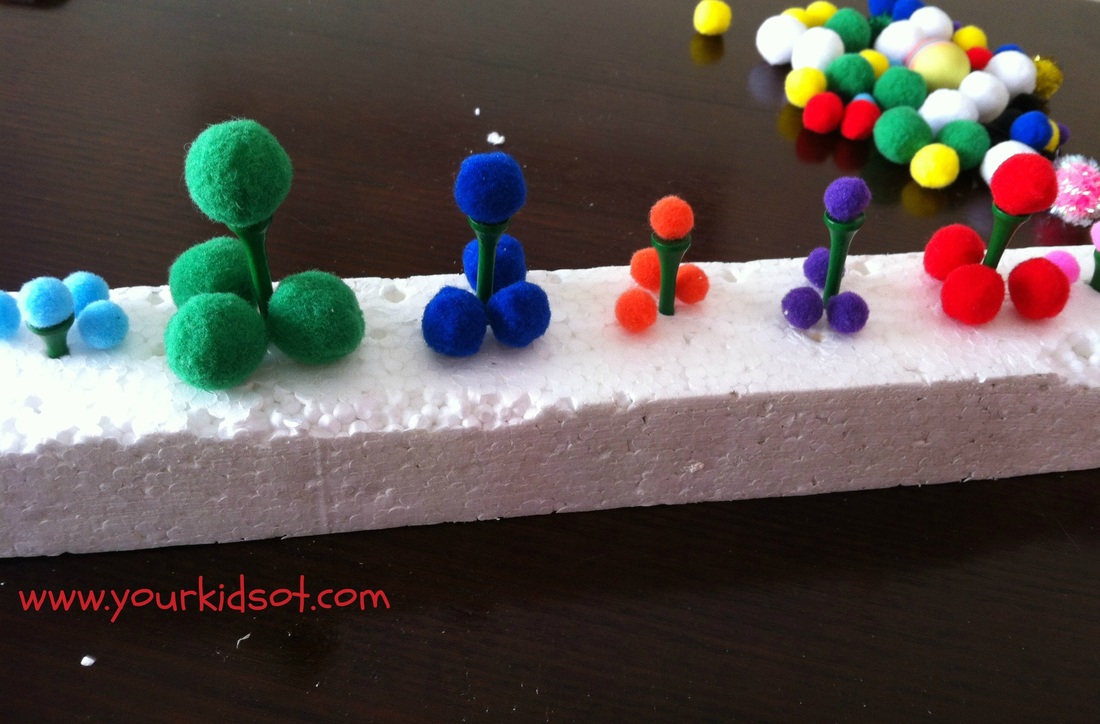
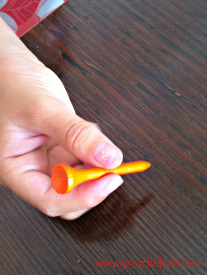
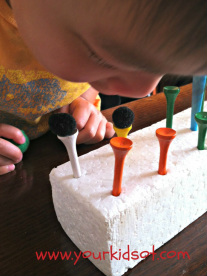
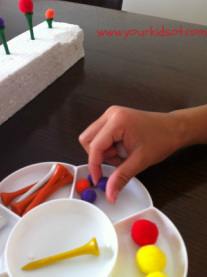

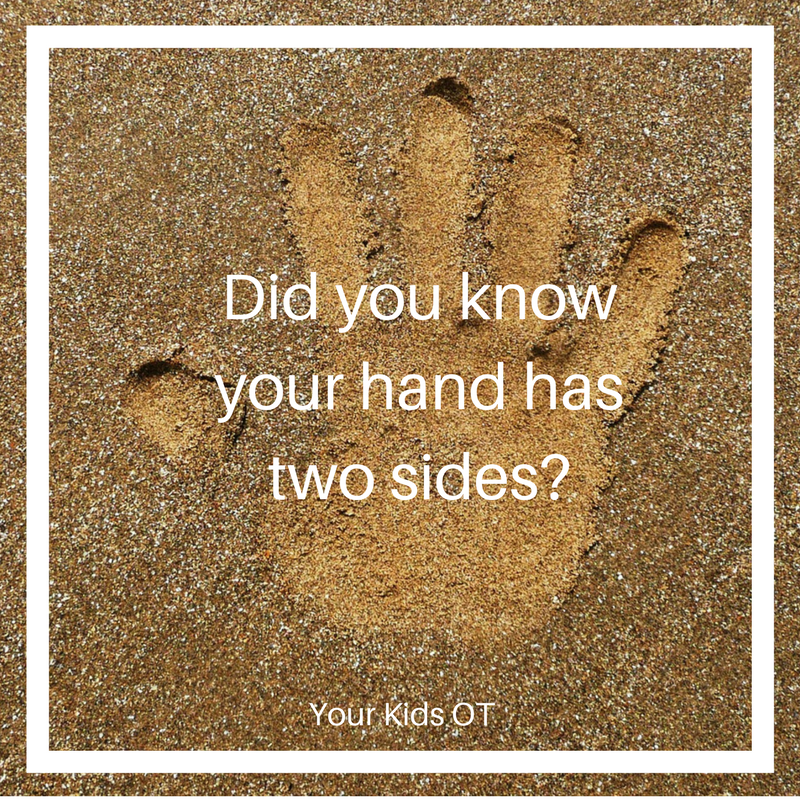
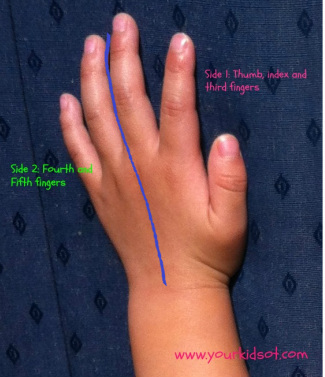
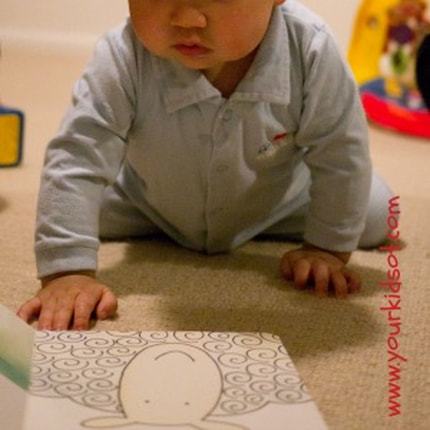
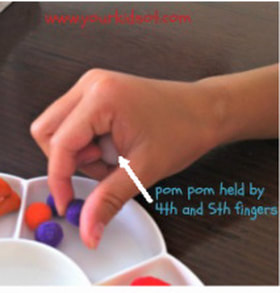
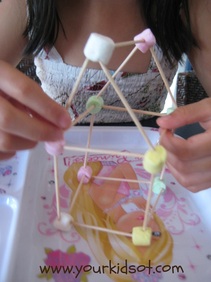
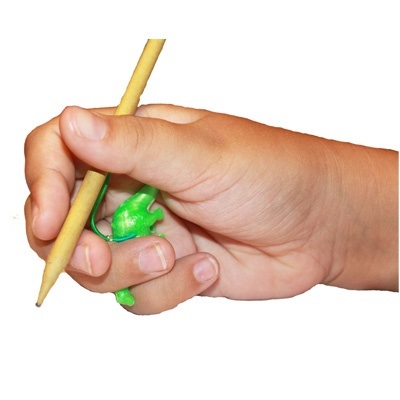
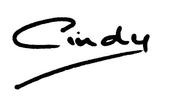


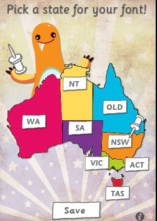
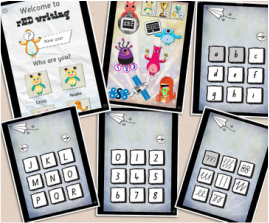
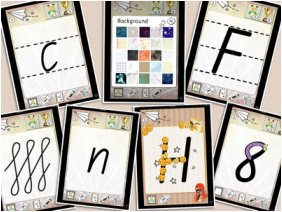
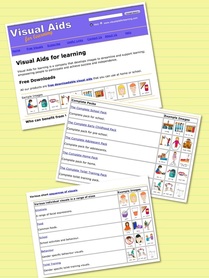
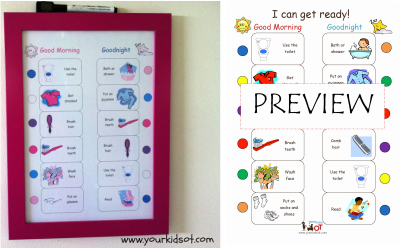
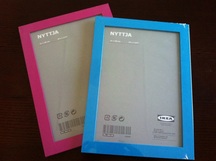

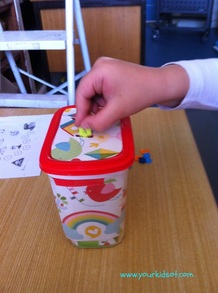
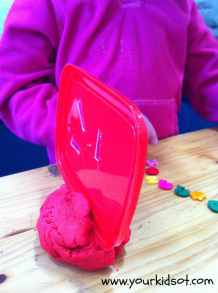
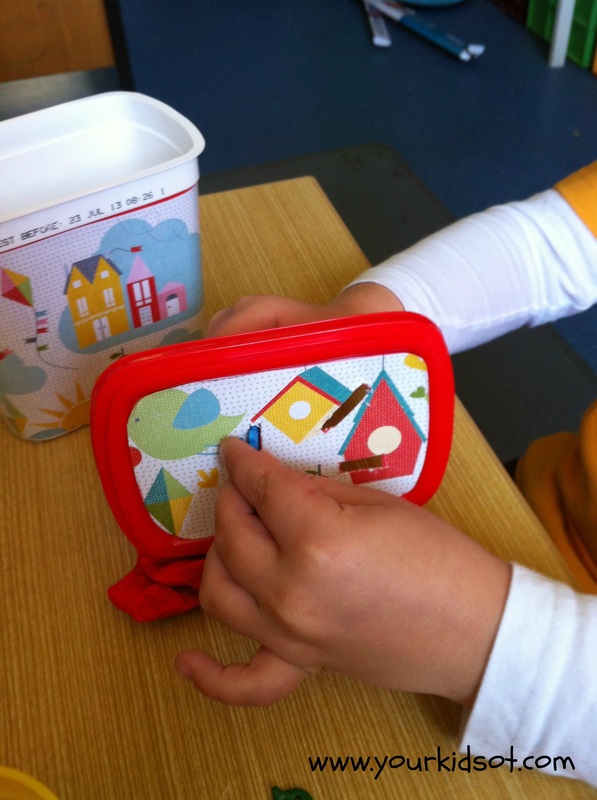

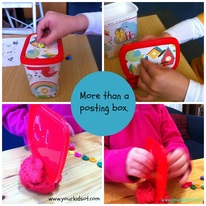

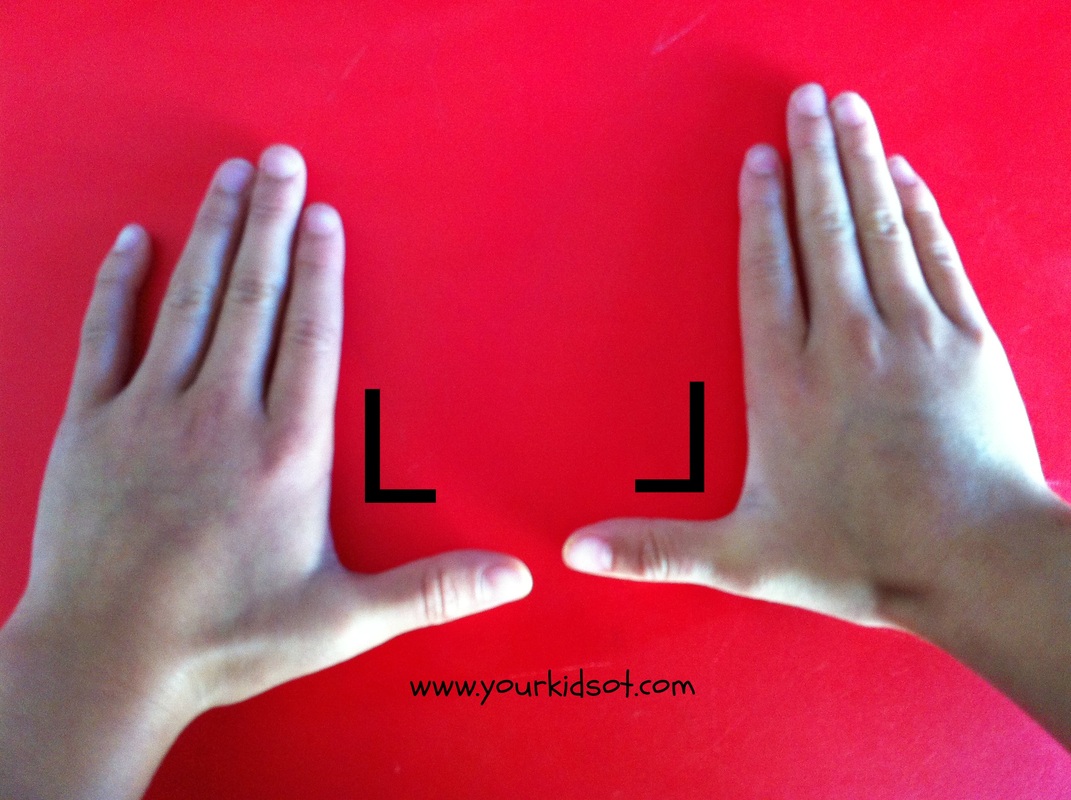
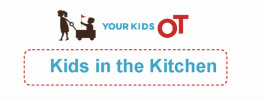
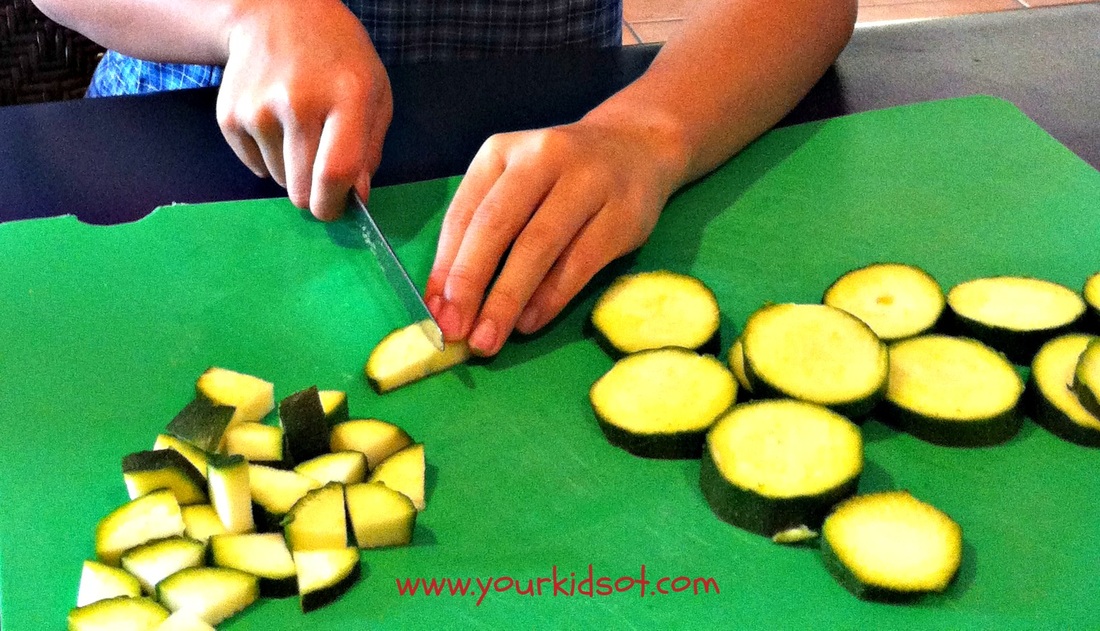
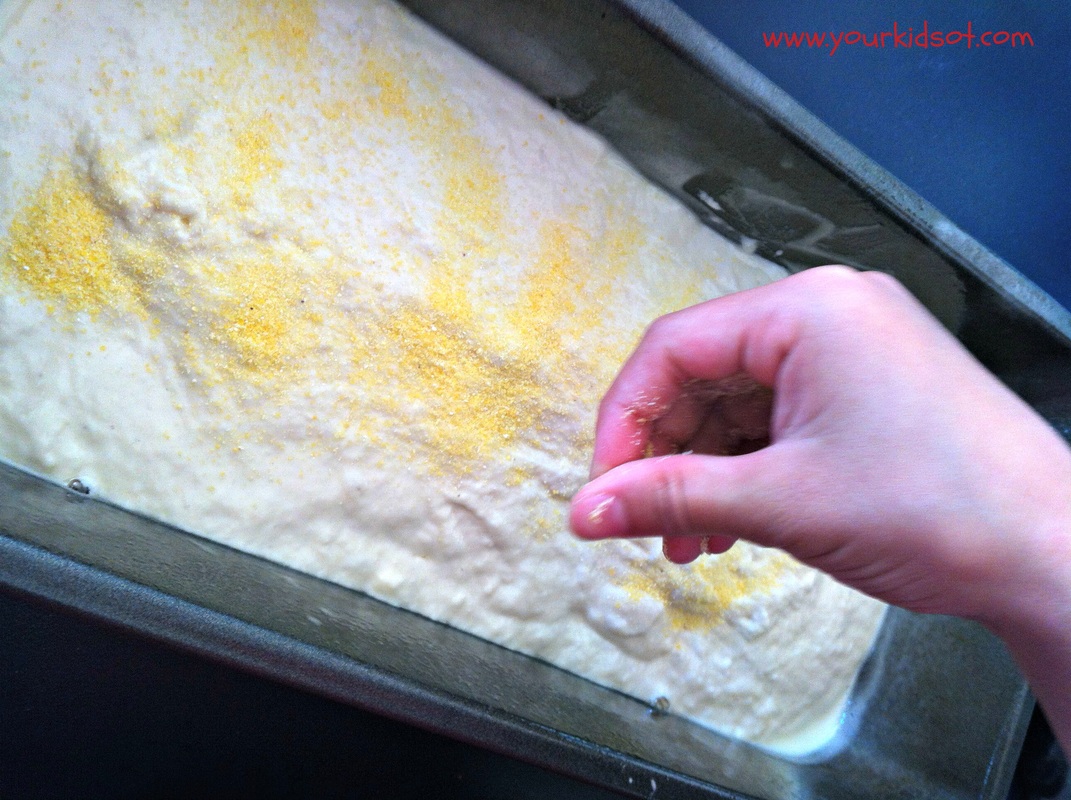
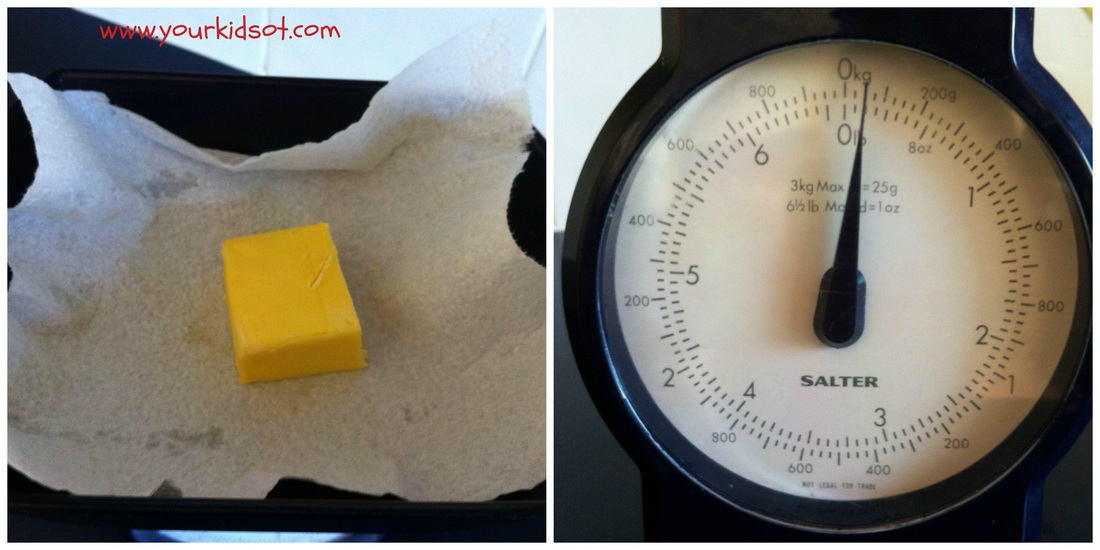
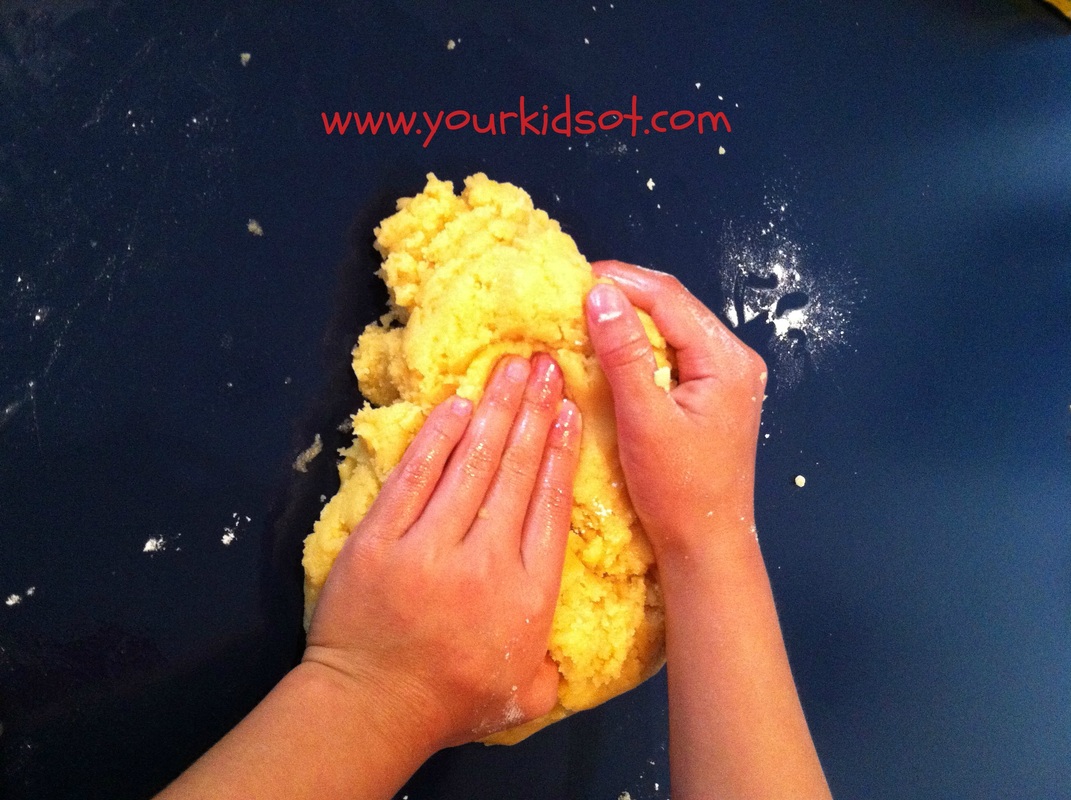
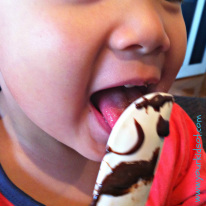

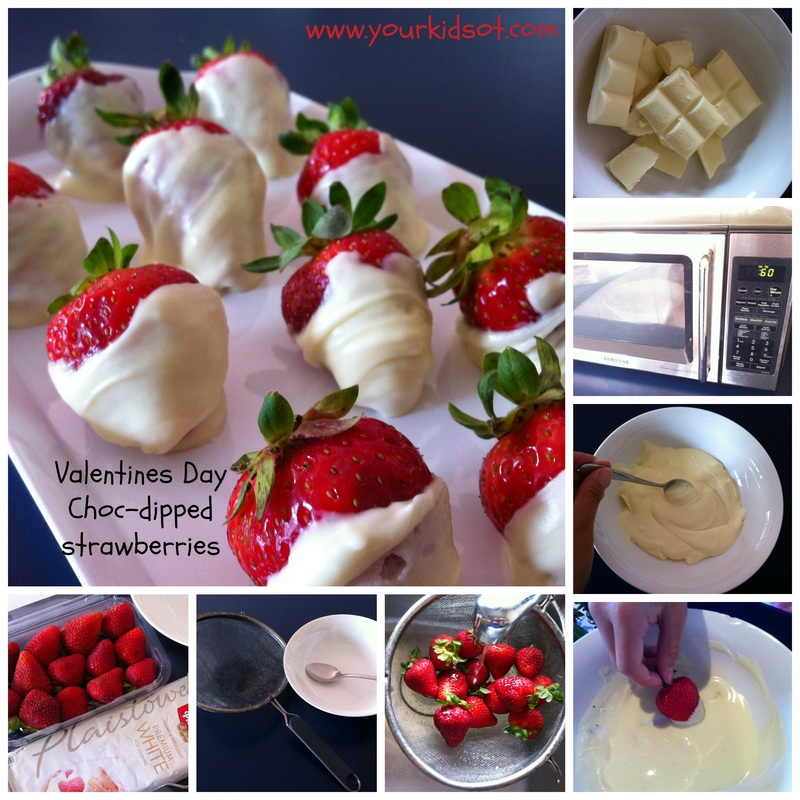
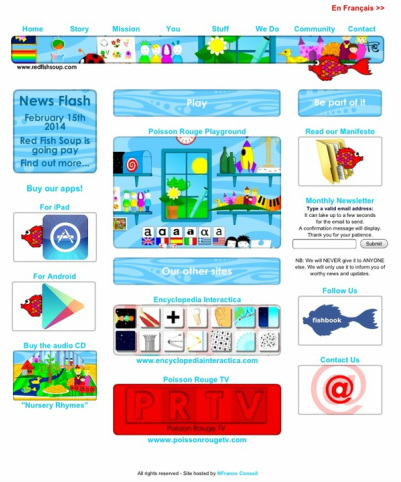
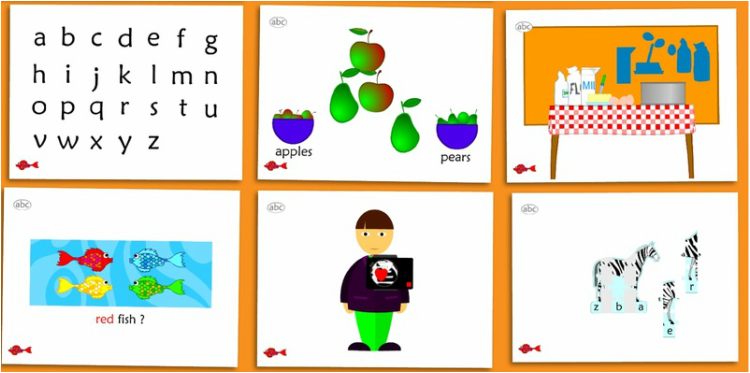








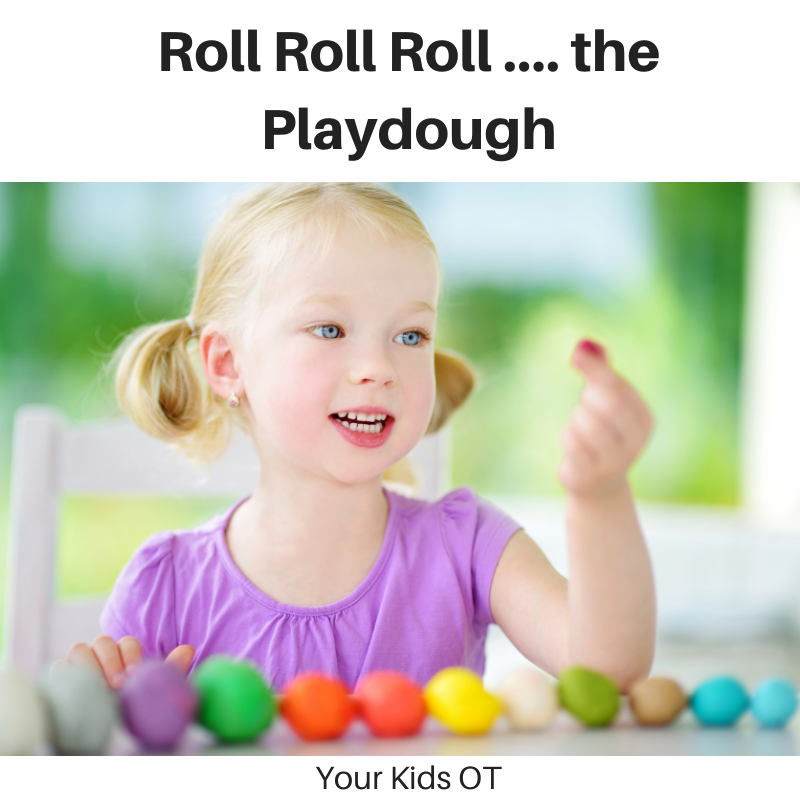
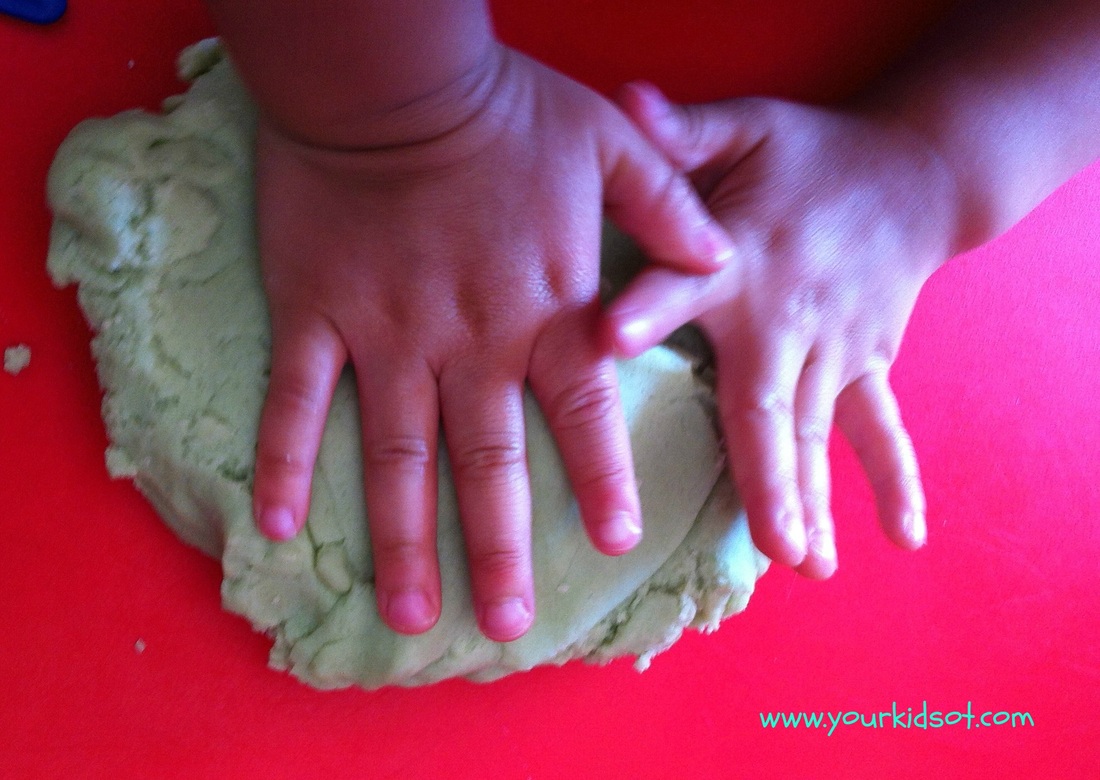
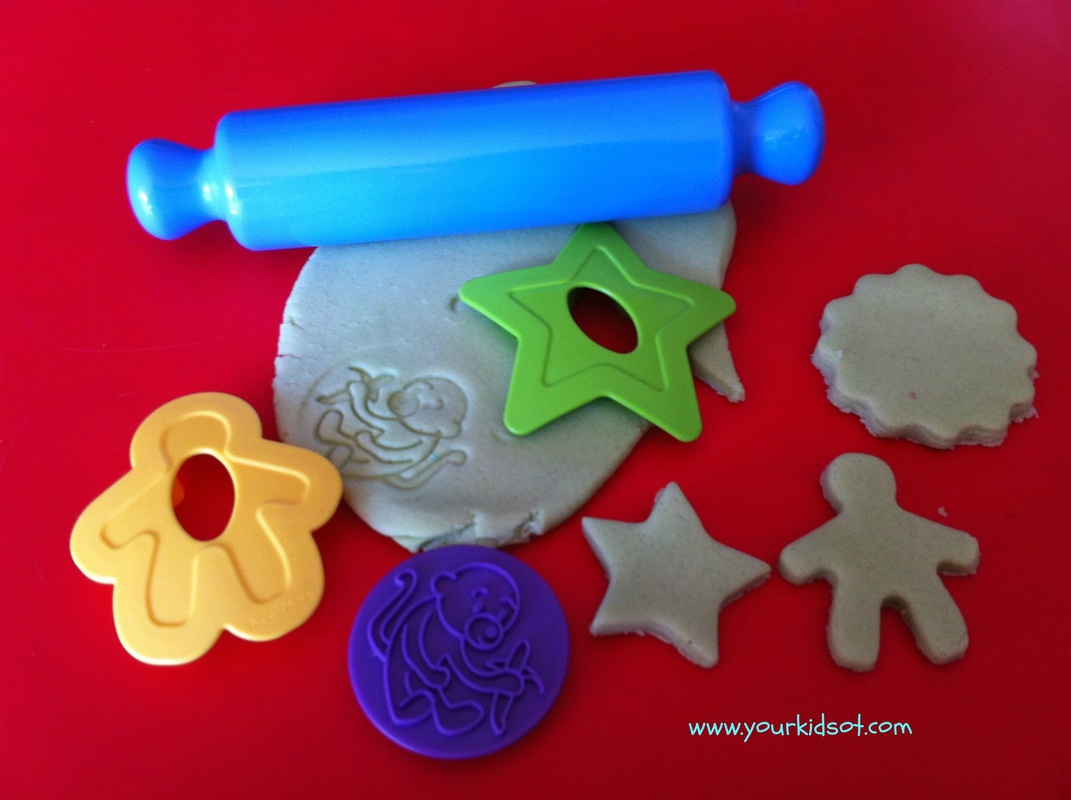
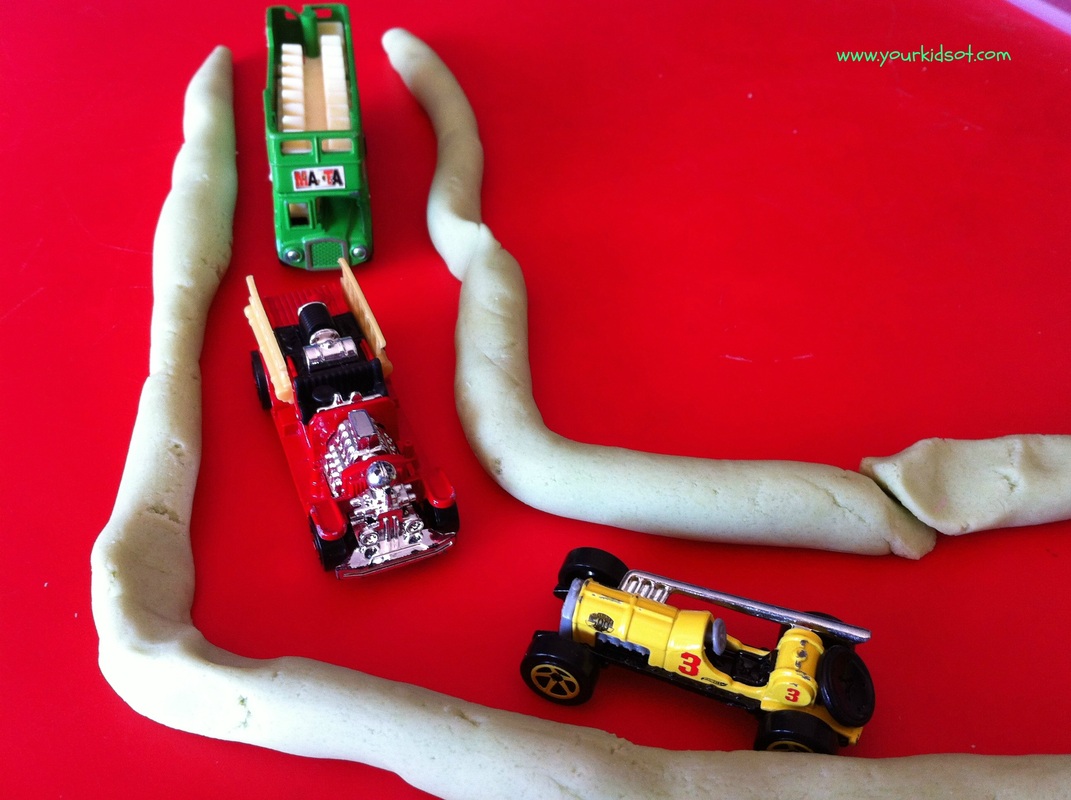
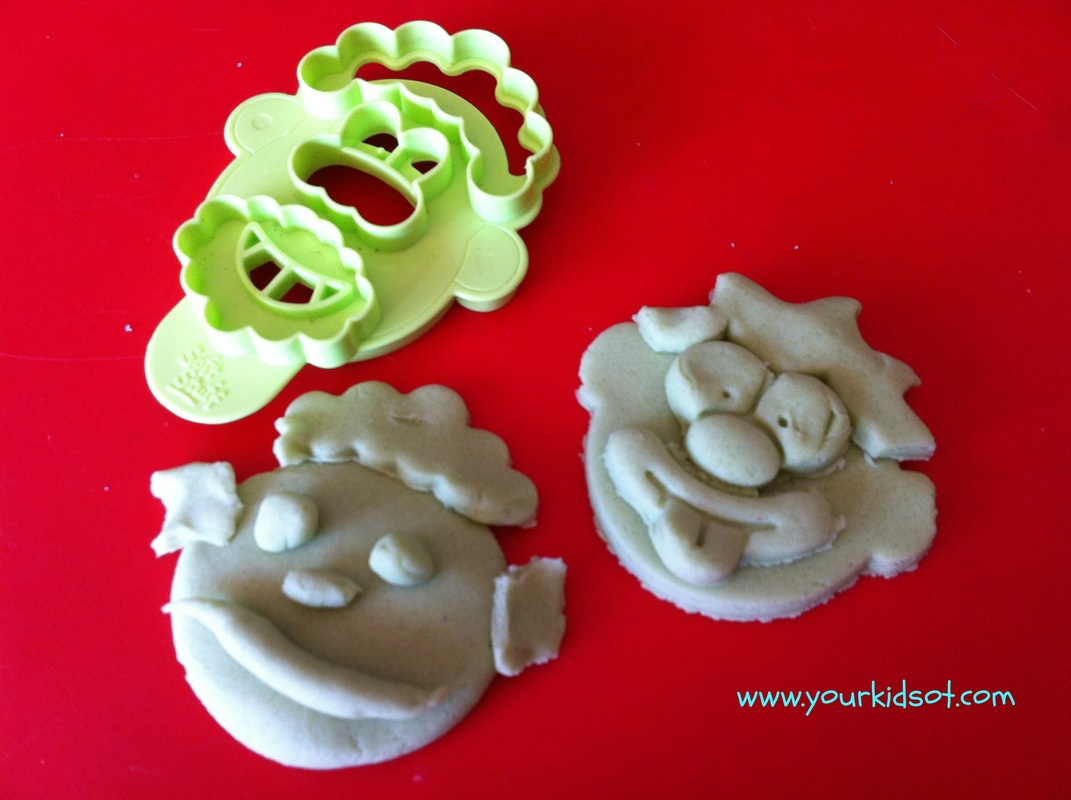
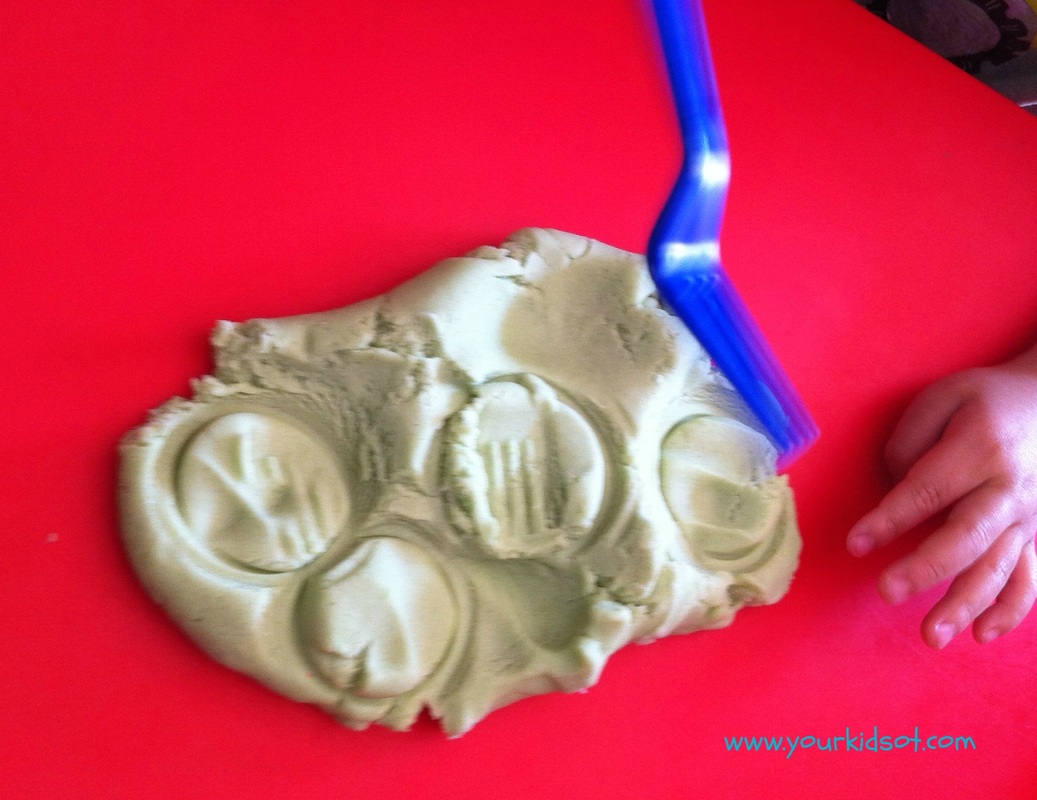
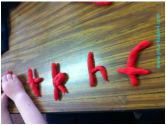
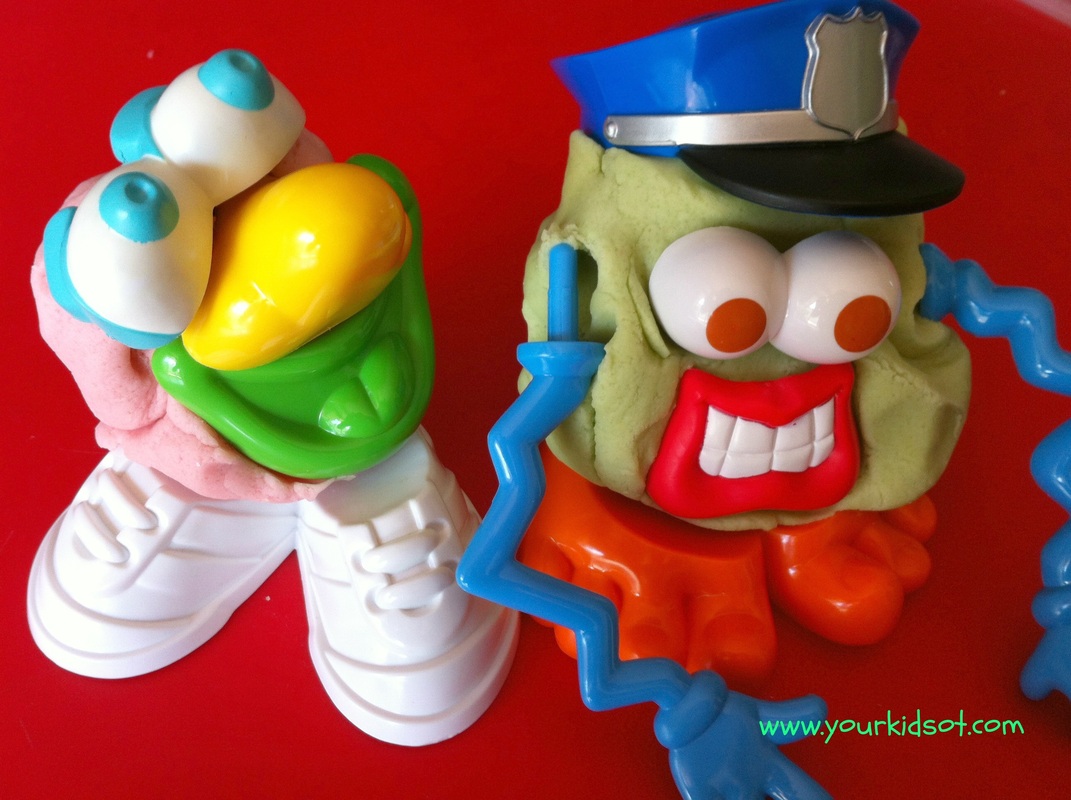
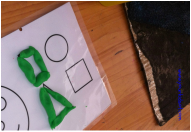
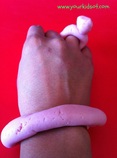
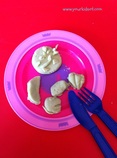
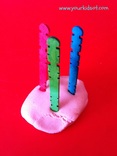
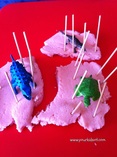
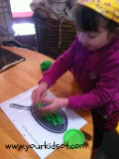
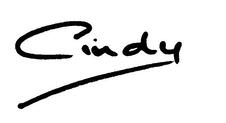
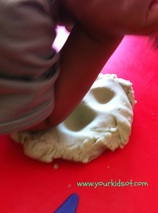
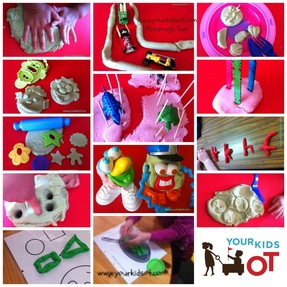
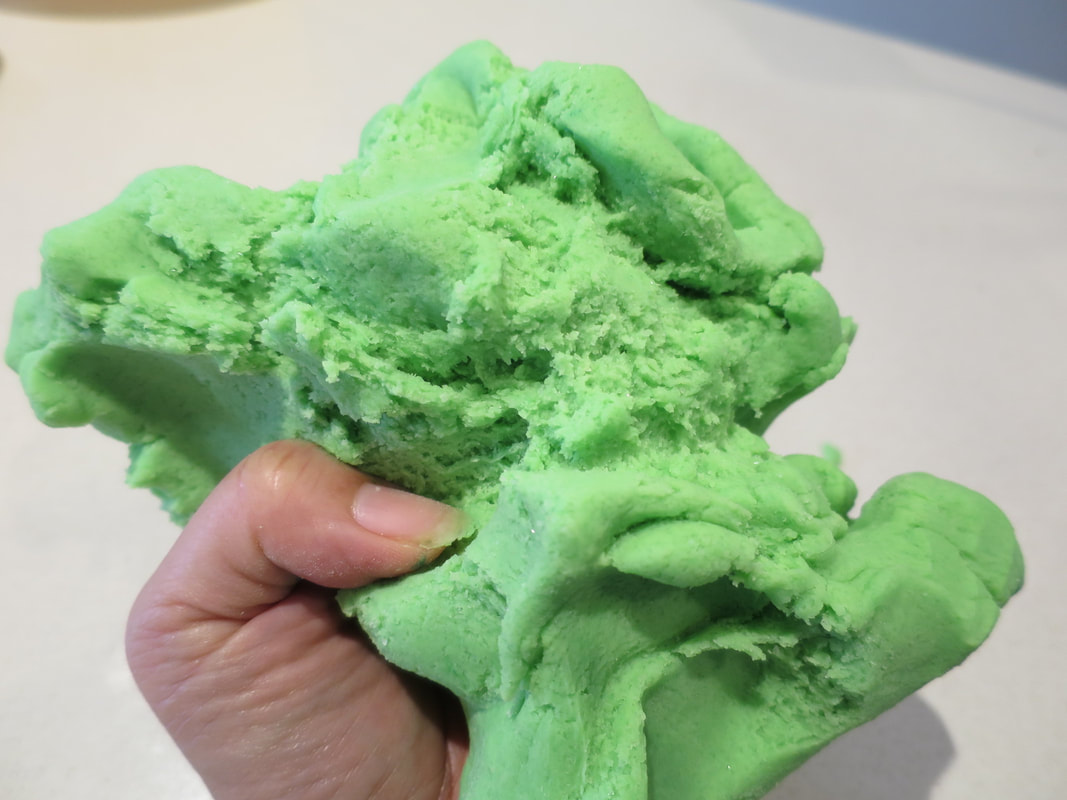
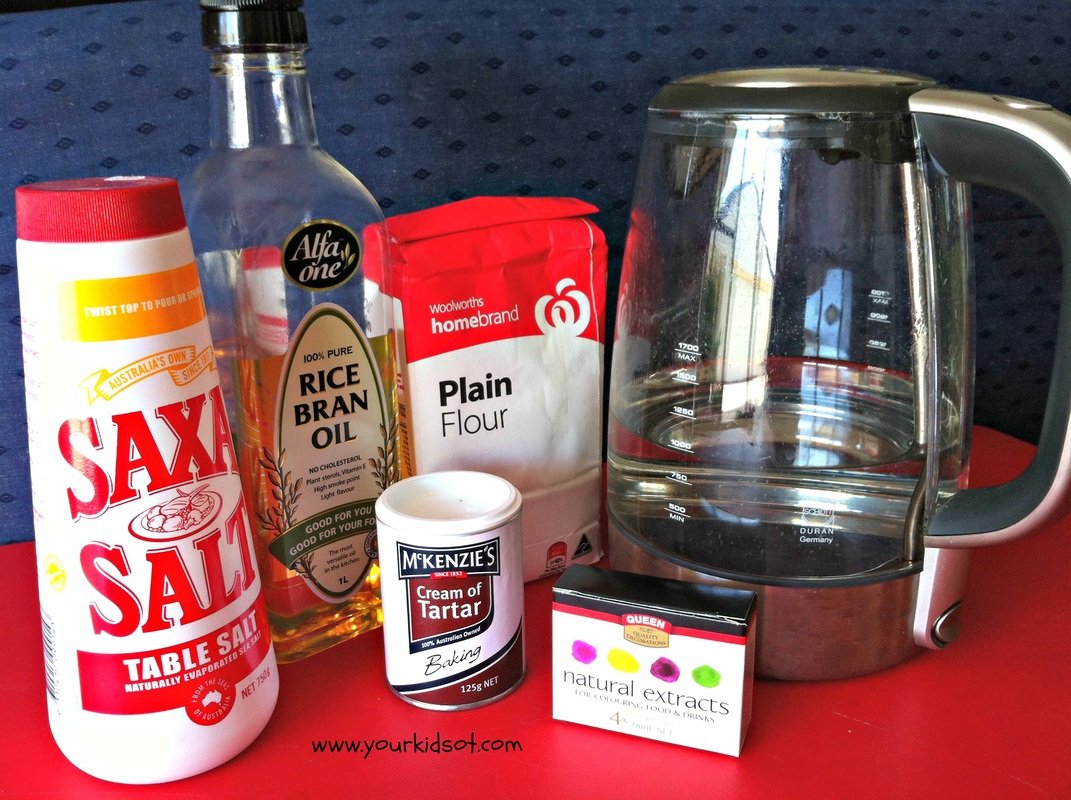
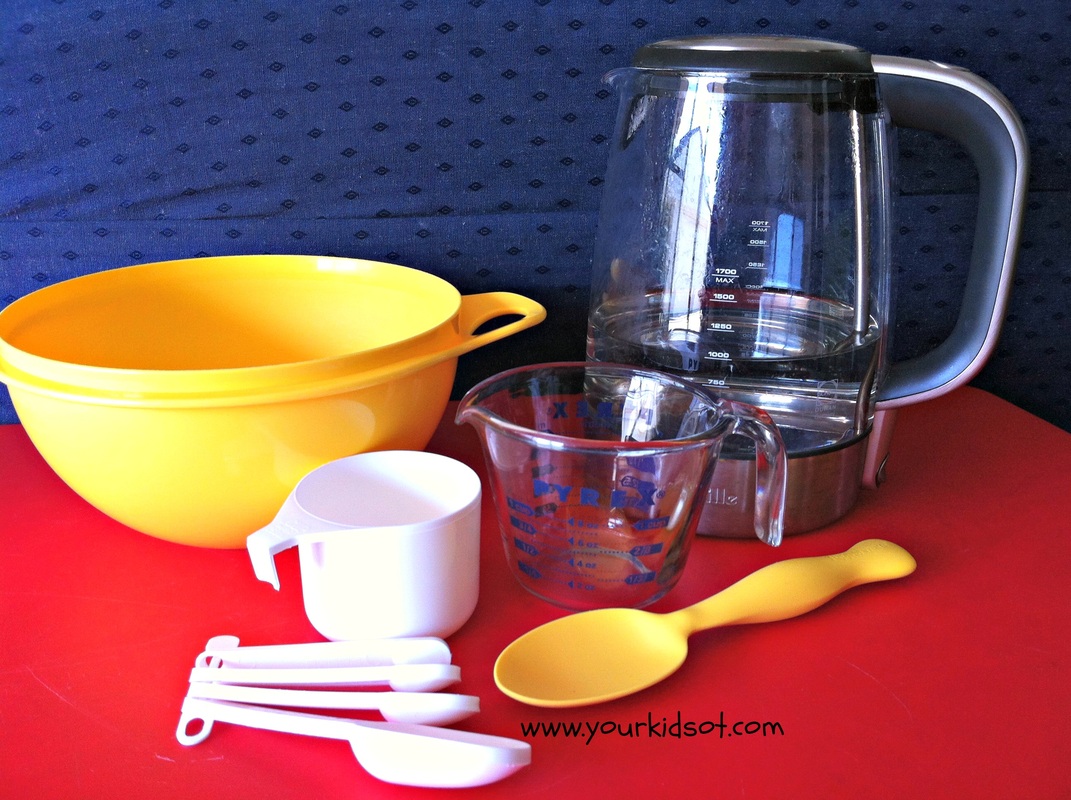




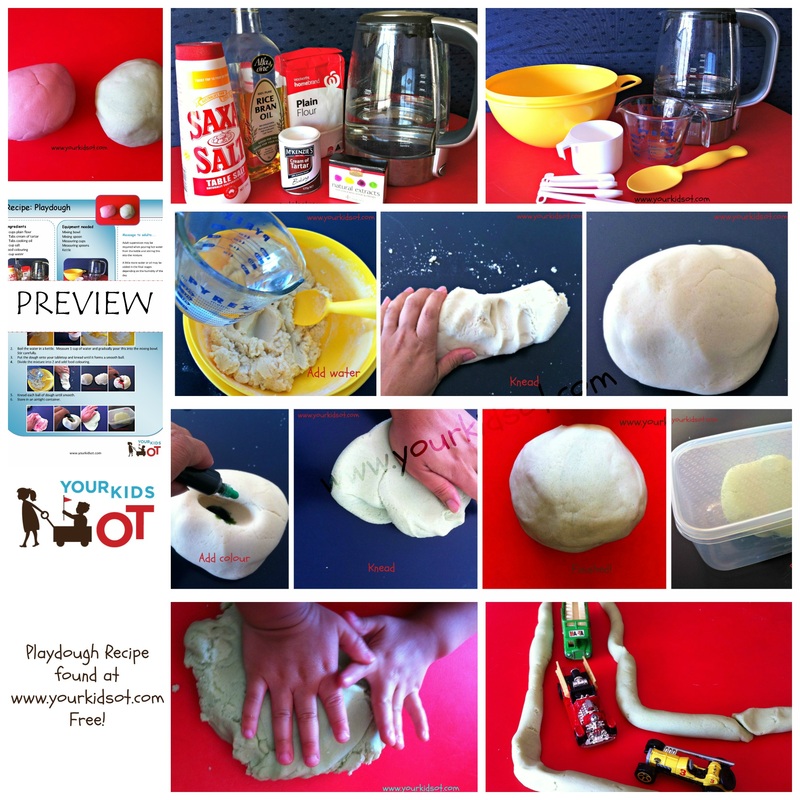
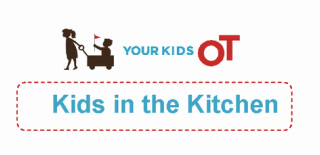
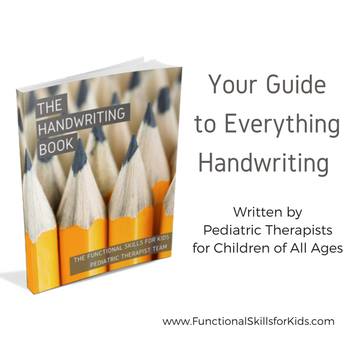
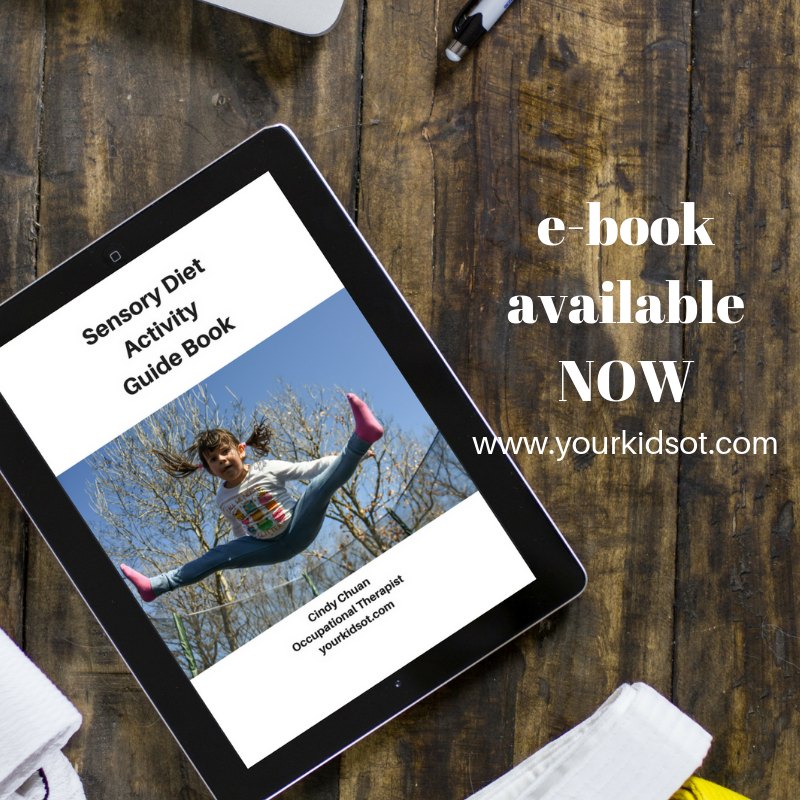
 RSS Feed
RSS Feed
